Digital Drives the UK Ad Market to Another Solid Year in 2015
Author: SMI Team
- Location

The UK ad market has been dynamic and in sound health during the past twelve months, meeting the year’s most optimistic forecasts, according to our latest figures. The year closed at 6.3% year-on-year growth, only slightly slower than 2014 (7.1%), which had set a five year record for growth.
It was yet another year in which digital featured as the market’s main driver, increasing 17.3% YoY. Growth at this level is especially remarkable as it’s the third year running that the growth has maintained the pattern of the previous years. The sector grew 19.1% in 2013 and 17.6% in 2014. We are not just talking about exponential growth in the sector, but there are also no signs of deceleration in digital.
Within digital, SMI’s UK data reveals that ad spend in direct/premium inventory has grown even faster than in 2014 (15.3% vs 13.5%), whereas investment in third party/programmatic impressions, even if it is still growing a faster pace than direct, shows deceleration when compared to the previous year (33.6% growth in 2014 and 22.3% in 2016). When we add this to the proliferation of programmatic-premium solutions on the publisher’s end, it’s not hard to spot that marketers are on the hunt for the best ad inventory on quality digital properties.
Just as significant, and perhaps impressive, as the continued rise and popularity of digital media is the ability of television to grow 4.1% in 2015 compared to 2015 and remain a reference for advertisers. TV, a medium widely characterized for its ability to reach mass audiences is leveraging a visible, growing pattern towards customer segmentation, with subscription TV (up 11.5%) growing faster than free to air (1.5%) for the fourth consecutive year. It now accounts for 28% of the overall TV ad spend.
Looking at the share growth across the UK media sector, digital and TV combined represented nearly 75% of the agency bookings, followed by out of home (9.3% of the share and 13.5% YoY growth in 2015), newspapers (6.5% share and -18.6%), magazines (4.3% and a drop of -10.6%), radio (3.7% of the share and growing +8.5%), cinema (1.3% of the share and a +38.7% growth), and direct mail (which represented 0.8% of the total and declined -24.3% during 2015).
Among the top 10 investing sectors, the automotive category was the fastest grower (+13.1%), with beauty and grooming advertisers (+12.1%); food, produce and dairy (+8.5%) and travel (+4.9%) spending heavily as well. On the opposite side, entertainment (-11.2%), consumer electronics (-2.6%), and financial services and insurance (-1.7%) decreased their advertising budgets in 2015. Retail, the largest vertical by share, spent 2.9% more in 2015 than in the previous year.
There are plenty of reasons for optimism in the UK advertising industry, and the good news is they are not just related to macroeconomic factors. The healthy UK economy, improved wages and low inflation props up advertisers’ confidence, but it’s the much-improved digital advertising technology, the embrace of mobile communications by marketers, and a data-driven approach to customer segmentation that’s changing the game. Here’s hoping it will bring just as solid – if not better – figures in 2017.



